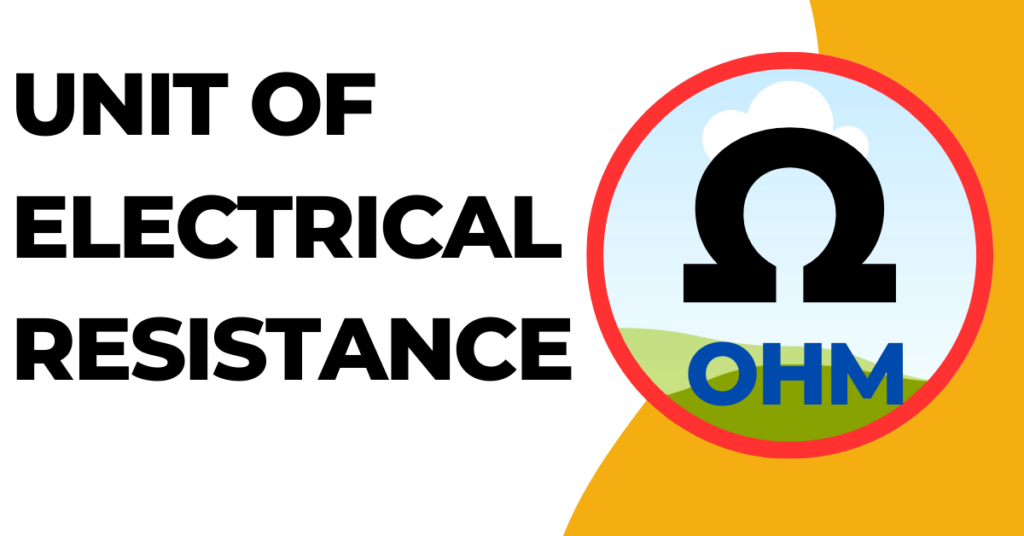Explore the fundamental unit of electrical resistance: the Ohm. Learn how this crucial concept, rooted in Ohm’s Law, governs current flow in circuits and discover its practical applications across various fields of electrical engineering.
To quantify resistance, we use the unit called the “Ohm” (symbol: Ω), named after the German physicist Georg Simon Ohm, who extensively researched the relationship between voltage, current, and resistance in electrical circuits.
In electrical engineering and physics, resistance plays a fundamental role in understanding the behavior of electric circuits and devices. Resistance is essentially a measure of how much a material or a component opposes the flow of electric current. It’s a crucial parameter in designing circuits, determining power dissipation, and ensuring the safe operation of electrical systems.
Ohm’s Law: The Foundation
Before delving into the Ohm as a unit of resistance, it’s essential to grasp the foundational principle of Ohm’s Law, which defines the relationship between voltage (V), current (I), and resistance (R) in an electrical circuit. Ohm’s Law states that the current flowing through a conductor between two points is directly proportional to the voltage across the two points and inversely proportional to the resistance between them. Mathematically, it’s expressed as:
V=I×R
Where:
- V is the voltage measured in volts (V),
- I is the current measured in amperes (A),
- R is the resistance measured in ohms (Ω).
This equation illustrates that if the resistance (R) remains constant, increasing the voltage (V) will result in an increase in the current (I), and vice versa.
The Ohm: Defining Resistance
The Ohm (Ω) is the unit used to quantify electrical resistance. One Ohm is defined as the amount of resistance that will allow one ampere of current to flow when one volt of potential difference is applied across it. In other words, if a device has a resistance of one ohm (1Ω), and a voltage of one volt (1V) is applied across it, then a current of one ampere (1A) will flow through it, following Ohm’s Law.
This relationship is fundamental in understanding and calculating the behavior of electric circuits. For instance, in a simple circuit with a resistor of 10Ω connected to a 12V battery, Ohm’s Law allows us to determine that the current flowing through the resistor would be 1.2A (I=V/R=12/10Ω=1.2A).
Multiple Units and Prefixes of Electrical Resistance

While the Ohm is the base unit of electrical resistance, multiples and submultiples of the Ohm are commonly used, especially in practical applications where resistances can vary greatly. These include:
- Kiloohm (kΩ): Equal to 1,000 Ω. Used for larger resistances commonly encountered in electronics.
- Megaohm (MΩ): Equal to 1,000,000 Ω. Used for very high resistances, often found in insulation materials and certain electronic components.
- Milliohm (mΩ): Equal to 0.001 Ω. Used for very small resistances, often in measurements of conductors or connections.
Additionally, there are prefix modifiers that can be applied to the base unit (Ω) to represent values that are powers of 10 greater or smaller, such as micro- (μΩ) for 10−6 Ω, or giga- or giga (GΩ) for 109Ω.
Conclusion
The Ohm serves as a cornerstone in understanding the behavior of electrical circuits, providing a quantitative measure of how materials and components impede the flow of current. With its roots in Ohm’s Law and its practical applications spanning from household electronics to industrial power systems, the electric resistance unit Ohm and its multiples/submultiples provide a standardized means of expressing electrical resistance, facilitating efficient design, analysis and troubleshooting of electrical systems.